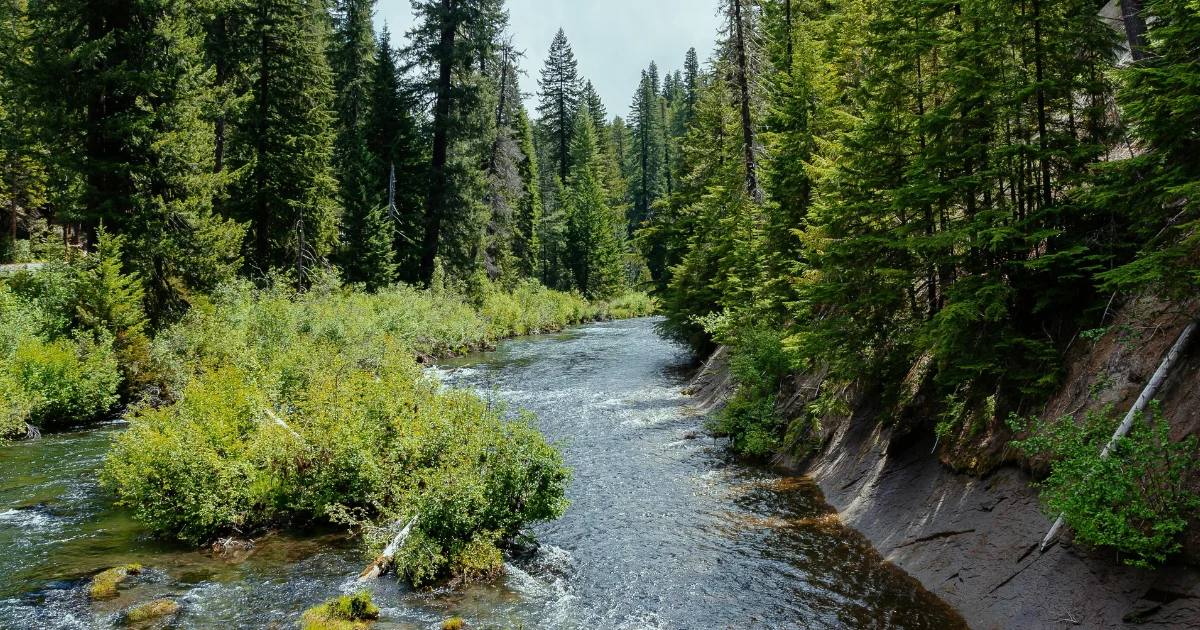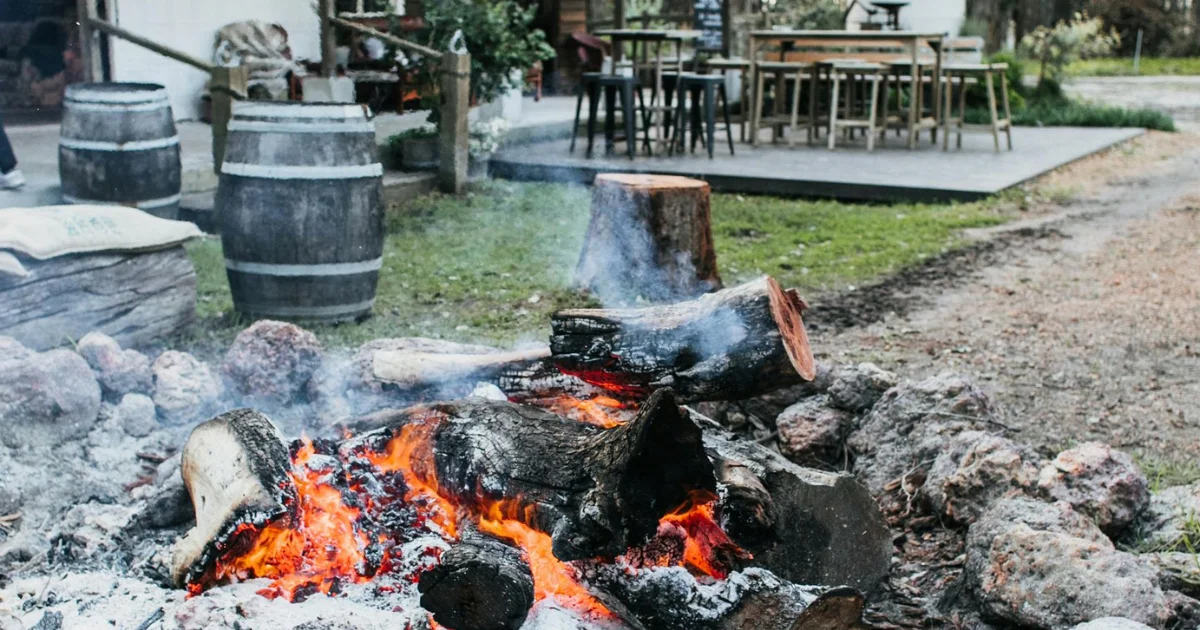Trees in Watersheds and Water Conservation
Trees play an important role in keeping our water clean and healthy. They act like natural filters and protect our water sources, which is especially important in areas called watersheds. A watershed is a region where all the water flows to a common place, like a river, lake, or ocean. Here’s a simple guide on how trees help conserve water and protect watersheds.
What Is a Watershed?
A watershed is any area where water collects and drains into a single body, such as a river, lake, or ocean. Rainfall, streams, and groundwater all come together in watersheds. Watersheds provide drinking water for people, water for farming, and habitats for fish and wildlife. Keeping watersheds healthy is important for clean water and for supporting life.
Trees are essential for healthy watersheds. Here are some ways they make a difference:
Preventing Erosion
Erosion happens when soil is washed away by rain or wind. Without trees, rainwater flows directly over the ground, picking up soil and carrying it into rivers and lakes. This makes water dirty and can damage habitats. Trees have strong roots that hold the soil in place, keeping it from being washed away. This helps keep the water clean and protects the land.
Filtering Pollutants
Trees work like natural filters for our water. When rainwater falls, it picks up pollutants like chemicals, dirt, and waste. Trees absorb some of these pollutants through their roots and filter them out before they reach the water. This helps keep rivers, lakes, and streams cleaner, which is good for people and animals.
Slowing Down Water Flow
When it rains heavily, a lot of water flows over the land quickly, which can lead to floods. Trees slow down this water flow by blocking and absorbing some of the rain. Their leaves and branches catch rain before it hits the ground, and their roots soak up water, allowing it to seep slowly into the soil. This prevents flooding and gives the soil a chance to absorb more water.
Recharging Groundwater
Groundwater is water stored beneath the ground, which supplies wells and springs. Trees help recharge groundwater by allowing rainwater to soak into the ground instead of running off. Tree roots create channels in the soil that help water move down into the ground, filling up underground water sources that people rely on for drinking and farming.
Providing Shade and Cooling Water Bodies
Trees near rivers and streams provide shade, keeping the water cooler. Cooler water holds more oxygen, which is essential for fish and other aquatic animals. When trees shade the water, they create a healthier environment for fish and other creatures that depend on cool water to survive.
Why Water Conservation Matters
Water is a limited resource, and conserving it is crucial for sustaining life. As populations grow, the demand for water increases, but the supply doesn’t grow. Protecting watersheds by planting and maintaining trees can help preserve clean, fresh water for future generations.
How to Protect Trees in Watersheds
Plant Native Trees: Native trees are well-suited to the local climate and soil. Planting native trees along rivers, lakes, and streams helps protect the watershed naturally.
Avoid Cutting Down Trees Near Water: Removing trees near water sources increases the risk of erosion and pollution. Leave trees intact whenever possible.
Minimize Use of Chemicals: Pesticides and fertilizers can seep into the soil and pollute water. Use natural alternatives, especially near water sources.
Support Reforestation Efforts: Many organizations plant trees in areas where deforestation has occurred. Supporting these efforts can help restore watersheds and conserve water.
Educate Others: Understanding the importance of trees in water conservation is key. Educate others in your community about why it’s important to protect trees, especially around water sources.
Relevant Post: How to Care for Plectranthus Lemon Lime Plant: Easy Guide
Other Relevant: Tree Conservation and Native Planting
Conclusion
Trees are a valuable part of watersheds and are crucial for conserving water. By preventing erosion, filtering pollutants, slowing water flow, recharging groundwater, and providing shade, trees support healthy water systems. Protecting trees in watersheds helps ensure clean water for everyone and keeps the environment healthy. Planting and caring for trees is a simple but effective way to conserve water and support life on Earth.





